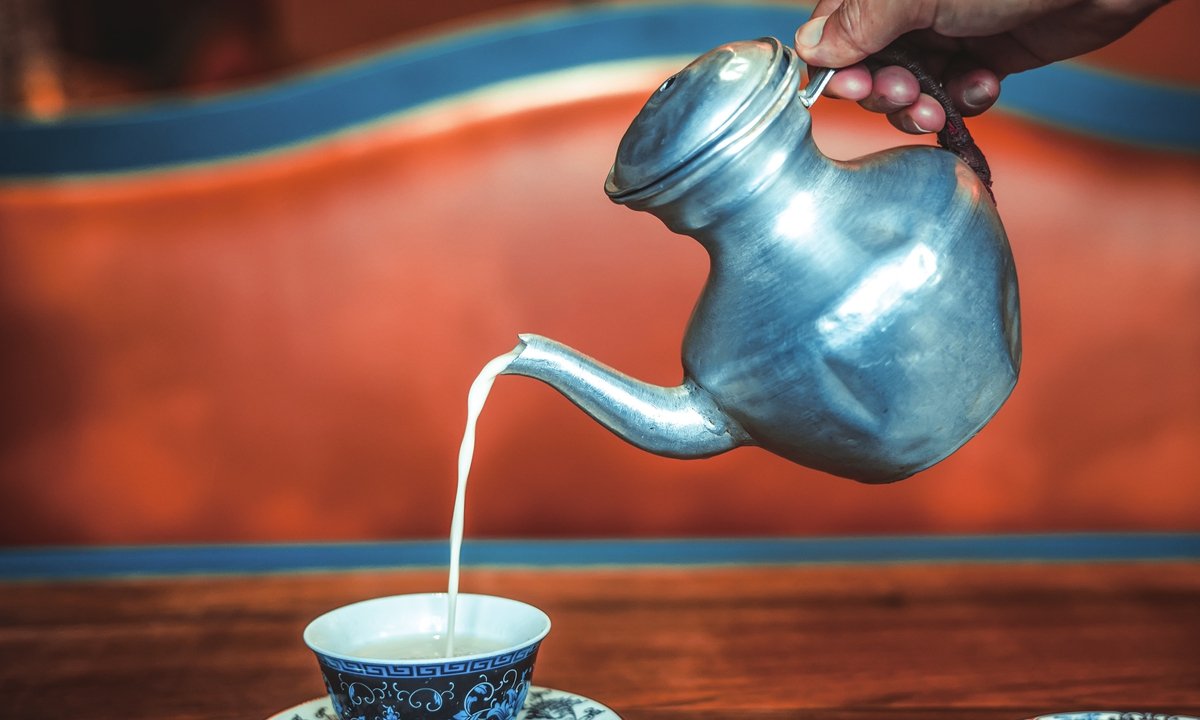The Tibetan cuisine of Xizang Autonomous Region in Southwest China, often perceived as simplistic, is in fact a rich tapestry of flavors and history, reflecting the region’s unique position on the Qinghai-Xizang Plateau and its historical connections along the Silk Road.
Historical Evolution of Tibetan Cuisine
Tibetan cuisine has evolved through four distinct historical phases, beginning in the 6th century during the Tubo Kingdom. The marriage of Princess Wencheng from the Tang Dynasty and Princess Bhrikuti from Nepal to King Songtsan Gambo introduced new ingredients and culinary techniques to the region.
The incorporation of Xizang into Chinese territory in the 13th century marked the second phase, introducing Mongolian dietary influences. The third stage saw enhanced interactions with the Qing Dynasty, bringing new vegetables, cooking utensils, and skills. The fourth stage, starting in the 1980s, witnessed the integration of Tibetan gastronomy with other Chinese and Western cuisines, propelled by tourism and China’s reform and opening-up policies.
Culinary Traditions of Tibet
Staples of Tibetan cuisine include highland barley flour, yak beef, yak butter tea, and highland barley wine. Zanba, a mix of highland barley flour, yak butter tea, Tvorog, and sugar, offers a nutritious, energy-rich meal, essential for enduring the plateau’s harsh climate. Tibetan noodles, made from soda and wheat flour, are another staple, often enjoyed with sweet tea and fried pancakes.
Yak butter tea, an indispensable part of Tibetan daily life, is rich in fat and vitamin A. It’s traditionally served to guests in three cups, symbolizing auspiciousness, with specific cultural etiquettes attached to its consumption.
Highland barley wine, a fermented drink similar to beer but sweeter, is a popular beverage during Tibetan festivals. The wine-making process involves soaking barley, boiling, adding distiller’s yeast, and fermenting in pottery pots or wooden barrels.
Other traditional foods include air-dried yak beef, known for its low fat and high protein content, raw yak meat sauce, boiled mutton, Tibetan pork, and yogurt, especially relished during the Shoton Festival.
Innovation and Preservation
In recent times, Tibetan cuisine has absorbed influences from neighboring Sichuan cuisine, known for its spiciness, as well as Yunnan and Qinghai provinces and countries like Nepal, India, and the US. This fusion has led to innovative dishes like braised Tibetan chicken with matsutake, stewed duck with caterpillar fungus, Tibetan hot pot, and highland barley pizza, providing a delightful culinary surprise for tourists.
The modern Tibetan cuisine aims for a nutritional balance, incorporating more vegetables and diverse ingredients, appealing to a wider audience. It’s a testament to the region’s ability to preserve its culinary heritage while adapting to contemporary tastes and dietary preferences.
In Xizang, the traditional and the innovative coexist, offering visitors a unique gastronomic journey that spans centuries and crosses cultural boundaries. From the rugged plateaus of Tibet, these culinary traditions and innovations continue to enchant and nourish, telling the story of a land steeped in history and rich in flavor.
READ MORE:
